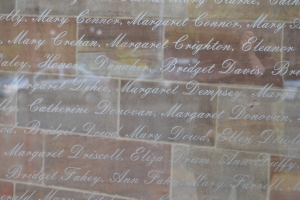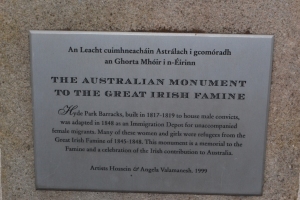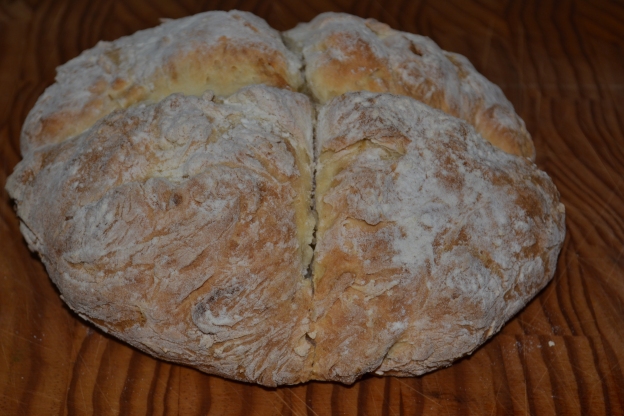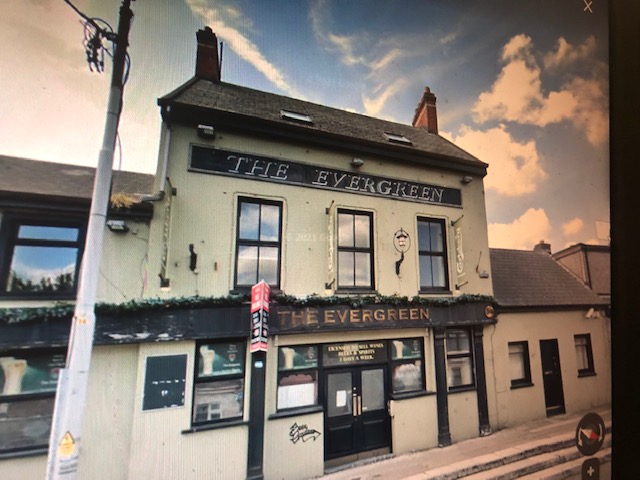You can call me “bonkers”, “insane”, “weird” for heading off on another Virtual Adventure via Google Earth, but I don’t care. I’m “creative”. Moreover, after making a concerted effort to change and overhaul myself on the weekend, I’ve actually concluded that more people should embrace their dormant creativity, instead of supressing it beneath a veneer of glorified efficiency. That’s right. Let it all hang out.
There I was trying to get “alles ist in Ordnung” (everything is in order) when I cut my finger and found myself shut in a treatment room for three hours at the hospital. Of course, this was the very embodiment of Ordnung what with perfect white walls, no pictures, and not even a piece of paper, let alone a desk full of paperwork all out of place. Humph. That was a stark warning to be careful what you wish for!
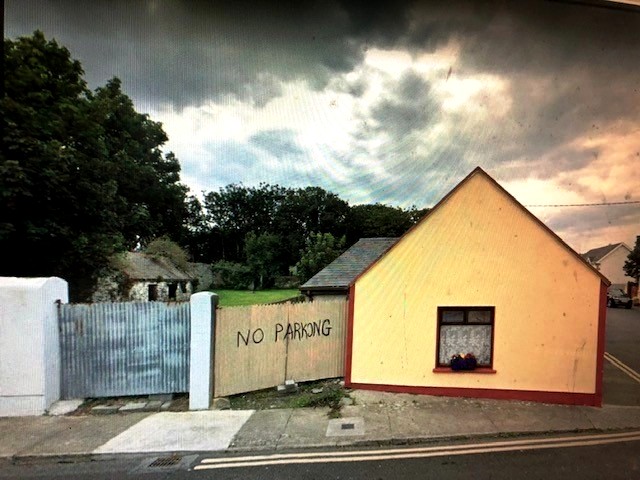
Anyway, let’s just say I needed to unwind after the trip to the hospital, and after enjoying my recent virtual explorations of Cork City, I set out again. This time I decided to visit Lisheenfurroor near Carrigaholt in West Clare, where my Great Great Grandfather, Edward Quealy (1843-1917) was born.

It was a totally random idea, and I had no idea what to expect. I never do. Google Earth just drops you off somewhere in your intended destination like a body thrown out of a speeding gangstermobile. Once you’ve come to your senses, you need to get your bearings, work out what’s what, and which way to turn. It turned out there was a lot of green grass in Lisheenfurroor, and so I kept walking, walking, walking tracking along the edge of some body of water until I stumbled across the enchanting village of Carrigaholt, and I was smitten.
Stumbling across Carrigaholt was particularly exciting. While it’s always interesting to finally see something familiar in person for the first time, it’s quite something else to follow where the wind and the road take you, and stumble across somewhere entirely unknown (at least to yourself!) and make a FIND!!! Indeed, I wish I could dig out my old backpack, and head straight over there now, although I might take our Summer with me. While it’s a hot and sunny 28°C here and perfect beach weather, it’s a bitterly cold 8°C in Carrigaholt today. That’s enough to put your average Aussie into immediate shock and hibernation.
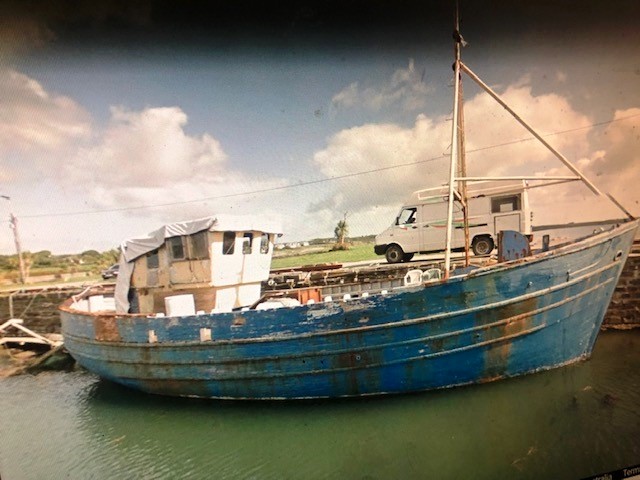
As I said, I first came to Carrigaholt via Doonaha travelling mostly through farmland dotted with a few houses. My eyes lit up when I spotted a village ahead, and what turns out to be Carrigaholt Bay on my left. A blue fishing boat is moored there, and I have no idea whether it was just parked there for that brief moment in time, or whether it’s a more permanent fixture. However, for me it’s just as much a part of Carriagaholt as Keane’s across the road.
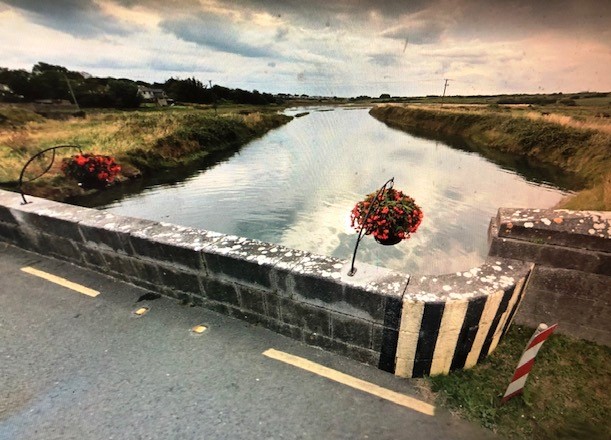
I cross over the Moyarta River (which flows into the estuary of the famed River Shannon) here via a quaint stone bridge with hanging baskets of flowers (such a lovely touch!). Although I was traveling via Google Earth and depending on someone’s questionable photographic skills, they did manage to capture the reflection of the sky on the river, and I felt a strange sense of satisfaction capturing it myself (even if photographing a place via Google Earth is a bit desperate!!).

Next up, Keane’s is on your right and someone’s been frozen in time sitting at the table out the front. Meanwhile, here’s some traditional Irish music playing there in NYE 2018: https://www.facebook.com/KeanesBarCarrigaholt/videos/1995778177174507

Coming to the intersection, briefly take a turn to your left to fully appreciate the local post office, which looks like it’s straight out of a fairy story to me with an assortment of brightly-coloured chairs out the front. It puts our local post office to shame, and I can’t help wondering if Postman Pat works there…
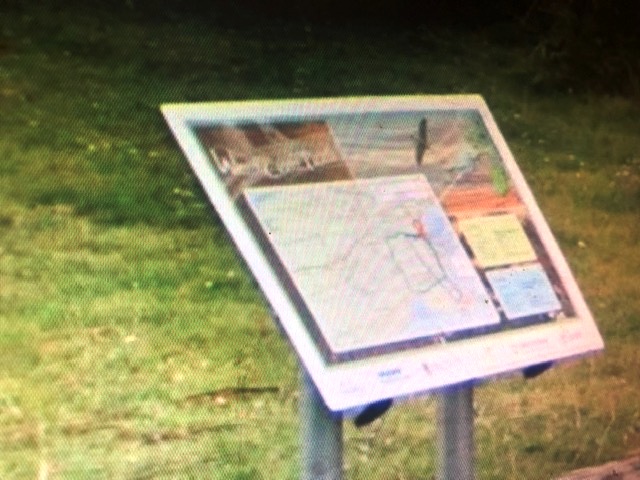
By the way, I’ve just spotted something which yours truly with no sense of direction would appreciate in one sense, but totally struggle to make sense of…a map.
Then, across in the distance, is Carrigahalt Castle. I am told: “This five storey tower house was built in about 1480 by the MacMahons, the chiefs of West Corkavaskin on the Loop Head peninsula. The castle, which offers commanding views of the Shannon Estuary, has quite a turbulent history. It was occupied by Teige Caech “the short sighted” McMahon in September 1588 when seven ships from the Spanish Armada anchored in the estuary. Even though the MacMahons offered no aid to the Spanish the tower house was unsuccessfully besieged by the Sir Conyers Clifford, the Governor of Connacht. The following year the castle was captured by the Earl of Thomond, Donagh O’Brien.” Unfortunately, it doesn’t look like I can get any closer via Google maps,, although photos abound on the Internet. This is as good as it gets, and going to the castle isn’t part of my journey.
Despite missing out on the castle, I’m already charmed by this place. It’s the first Irish village I have ever seen, and it doesn’t really matter that my first impressions aren’t in person. Our Australian borders have been closed for almost two years and as a parent with kids and health and budget restraints, getting there in person hasn’t been a possibility anyway. So, I am totally excited to be doing this, and I’m imagining all these people behind closed doors with accents like my favourite Irish actor James Nesbitt (even though as I just found out he’s from Northern Ireland and has a different accent entirely).
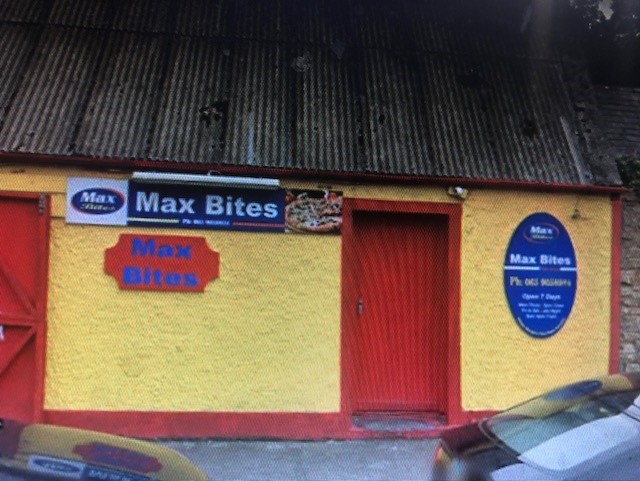
In this brief time, my heart is already fluttering. I can barely contain my excitement as I come across a heartwarming and unique character village. I love a bit of colour, and Max Bites with its canary yellow walls and red doors was like a magnet. I believe it sells takeaway food, and that’s where the downside of travelling via Google maps truly sets in. I’m currently nibbling on an Arnott’s Scotch Finger Biscuit with a cup of decaf tea, while the dog has migrated from my lap to sit on my husband’s feet.

A few doors down and a rustic stone wall leads to a captivating and intriguing pale yellow cottage with mauve doors with some kind of decorative wreath. Even more intriguing, mysterious Gaelic words adorn the walls, and I’m convinced fairies must be living inside. In a way it seems a shame to resort to an online Gaelic to English dictionary to demystify their cryptic code. However, my insatiable curiosity and nosiness proves too much. I have to know.

Here’s just a few of them:
Nóinín – Daisy
Caisearbhán – Dandilion
Fiúise – Fuchsia
Airgead luachra – meadow-sweet
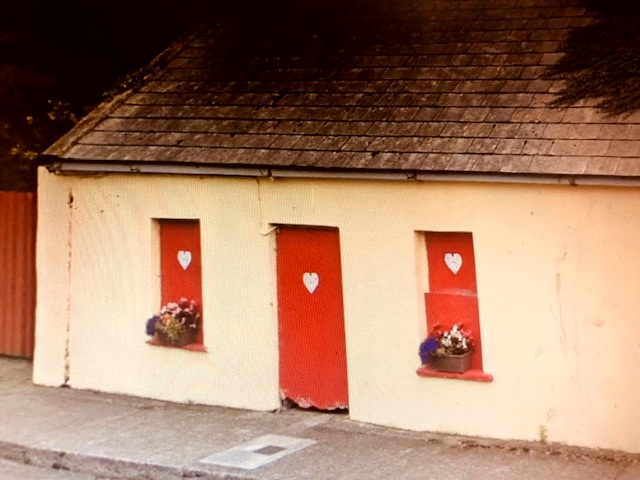
Although it’s tempting to cross the road, please hold your horses and bear with me just a bit longer. You won’t be disappointed. There’s another beautiful cottage, which I’ve simply called “Heart Cottage” where the door and window shutters have been painted red, with a white heart. Wouldn’t it be wonderful if this could be our centre of government?! A place where love rules the world? It all seems so simple to me. So, why is there so much hate, disagreement and exclusion? Humph! Instead of going green, it seems I’ve put on my rose-coloured glasses since arriving in Carrigaholt, and I’m not taking them off any time soon. I’m living the dream.

Okay, so now we’re going to cross the road, and doing a bit of a U-turn. Our first stop is Carmody’s Bar. Their FB page says: “Carmody’s Bar is a family run bar that has been in the family for well over 150 years, (which means it was here when my Edward Quealey left about 1881). We are known for regular traditional Irish music sessions and sing songs. Great Guinness, friendly customers and a great welcome for everyone.” Here’s a taste of what we’re missing out on:
https://www.facebook.com/CarmodysBar/videos/2026645187498940
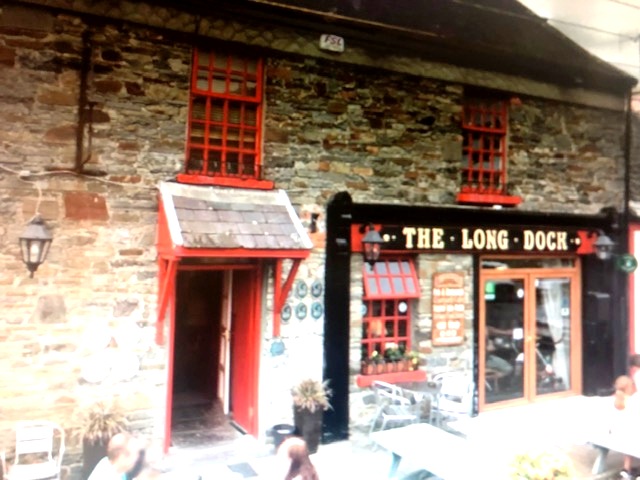
However, we’re not going to linger in our disappointment. Our next stop is Long Dock Traditional Irish Pub and Restaurant where Tony, the Chef/Proprietor gave me a quick lesson on how to cook mussels and I encourage you to check it out too: https://loveloophead.com/food/restaurants/the-long-dock/?fbclid=IwAR0bmwcmIgRr0wlHCUThDlwndJRt_SqMtqrklVBwlszr9ZGv76P1TsNPp3g
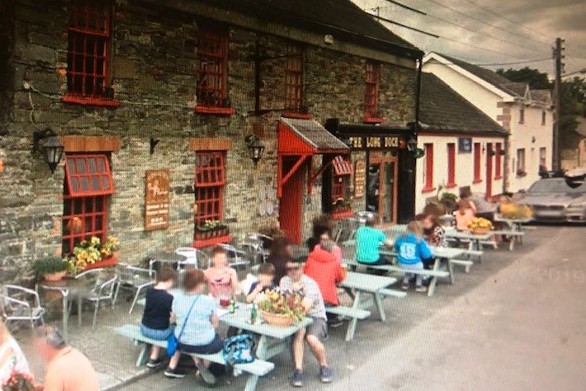
Before I head off, here’s a few more pics around Carrigaholt before I head off:
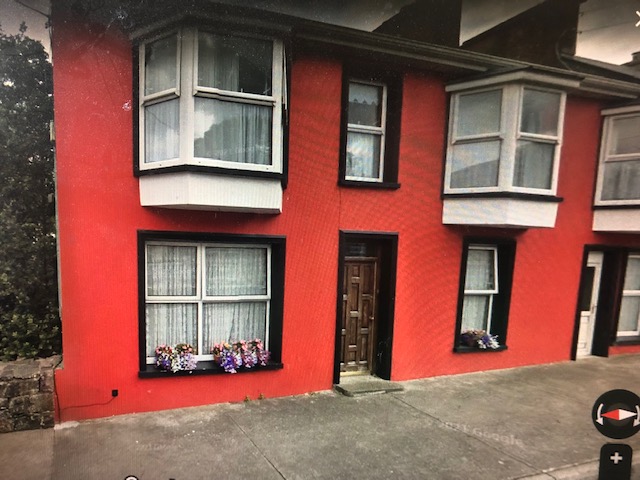
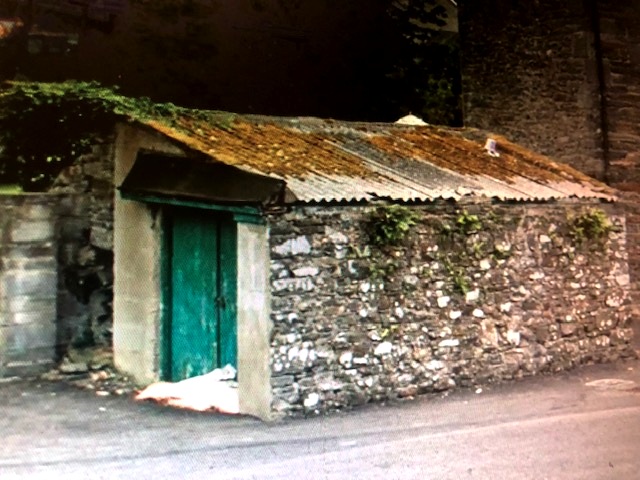
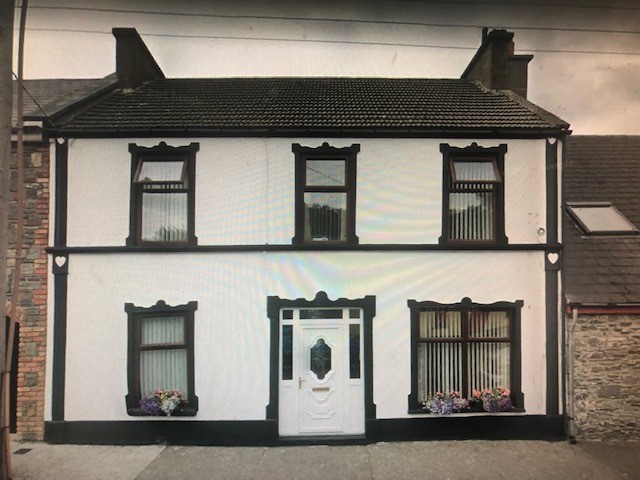

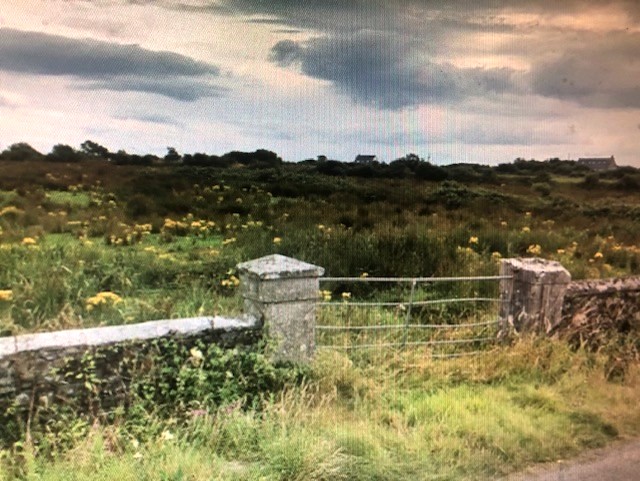
So, now I’m pining for Irish music and a bowl full of freshly cooked mussels and some way of beaming myself up to Carrigaholt. I am going to post this on their Facebook page and hope to connect. So, might I encourage you to come back to see how the comments evolve.

Meanwhile, there’s so much to love back here at home. I enjoyed a lovely walk along the beach and chatting with my friend who is the local lifeguard. Our daughters met when they were babies at playgroup and have been best friends through high school together.
Things could be worse!
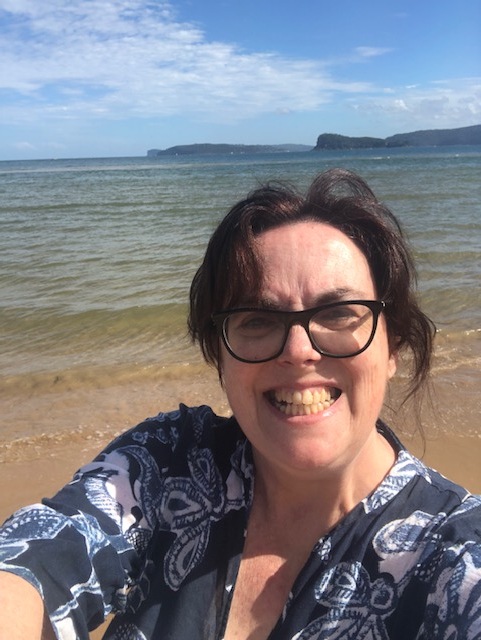
If you live in or near Carrigaholt, I would love to hear from you or from anyone who has been there on their travels.
Love and best wishes,
Rowena Curtin
Umina Beach, Australia
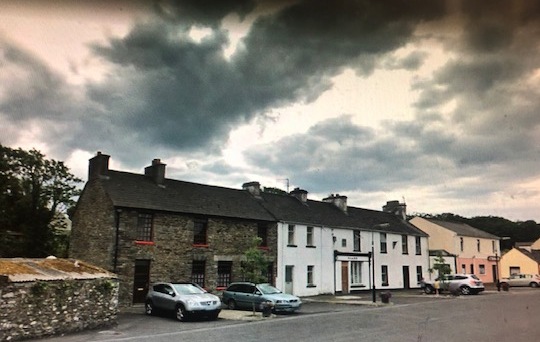
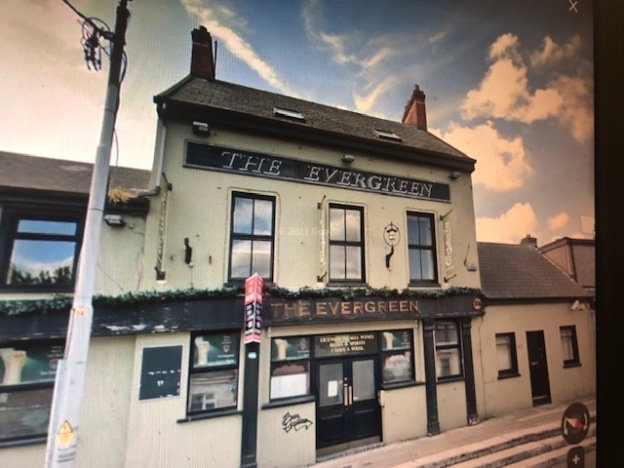
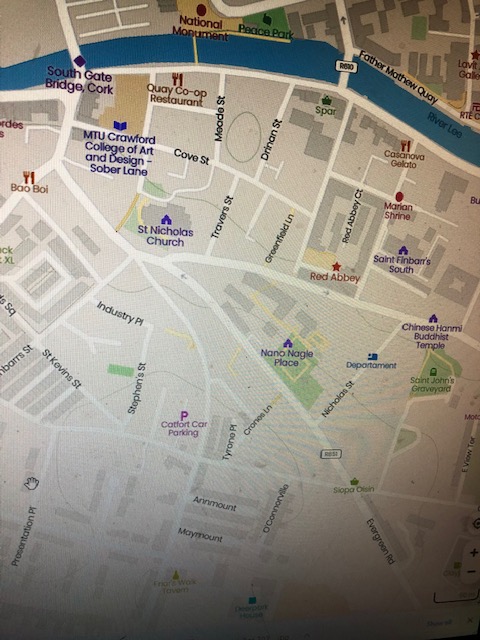


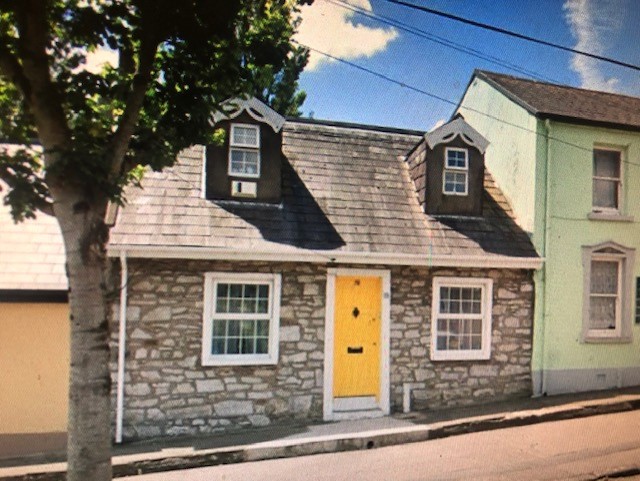
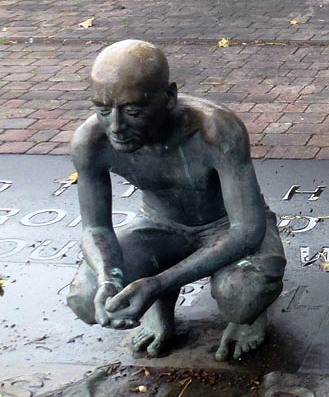

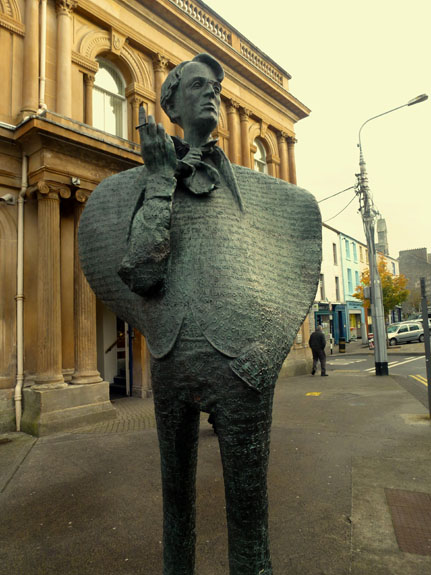

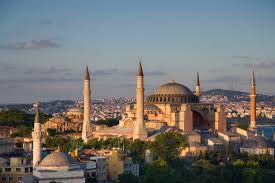





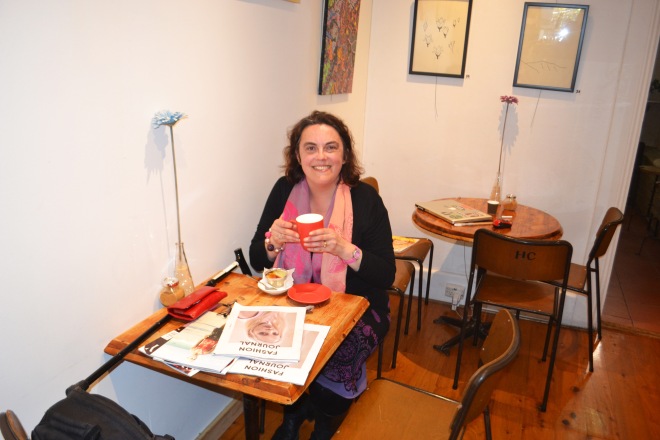
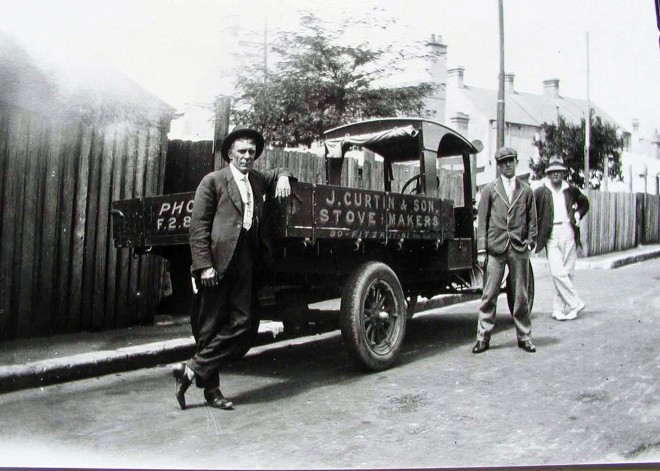
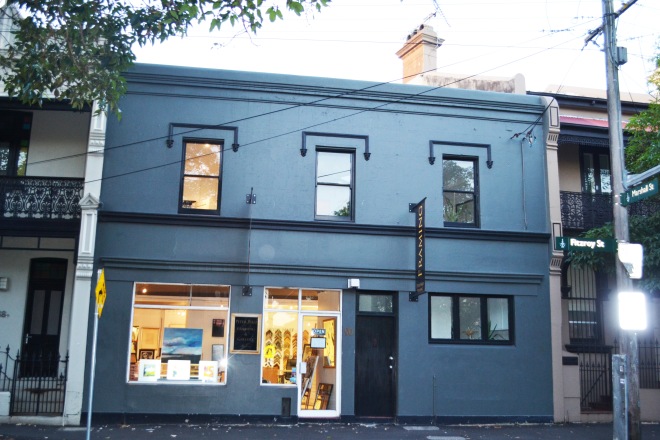


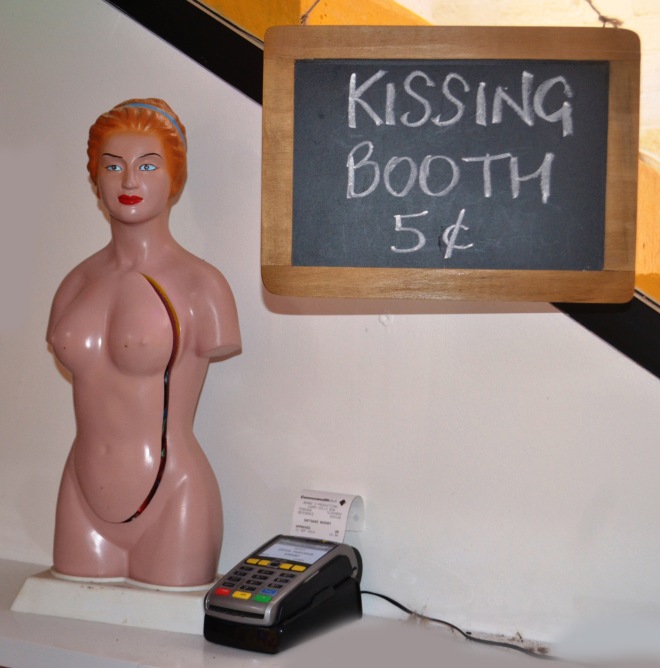
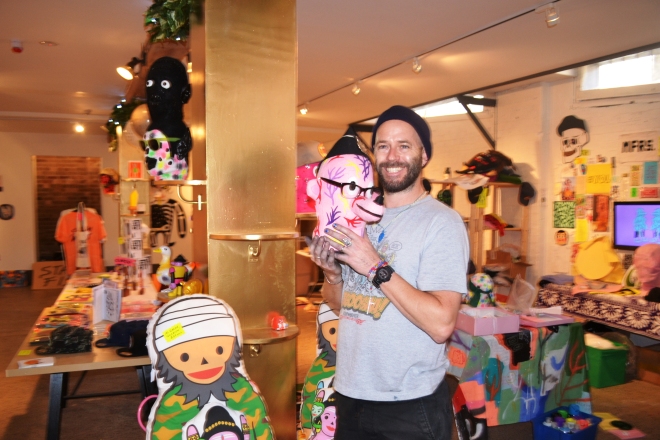
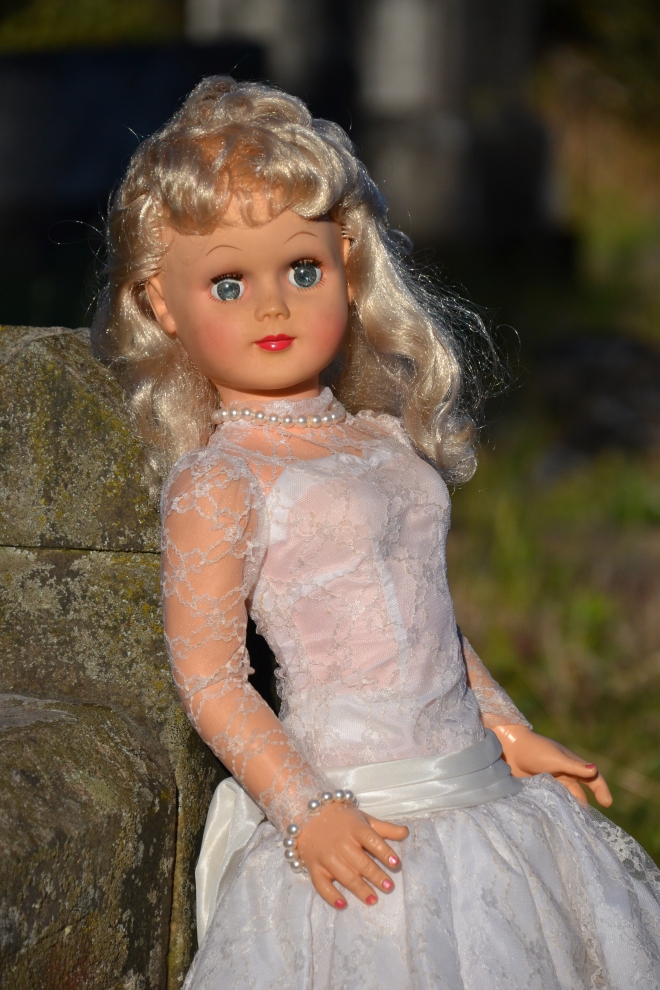
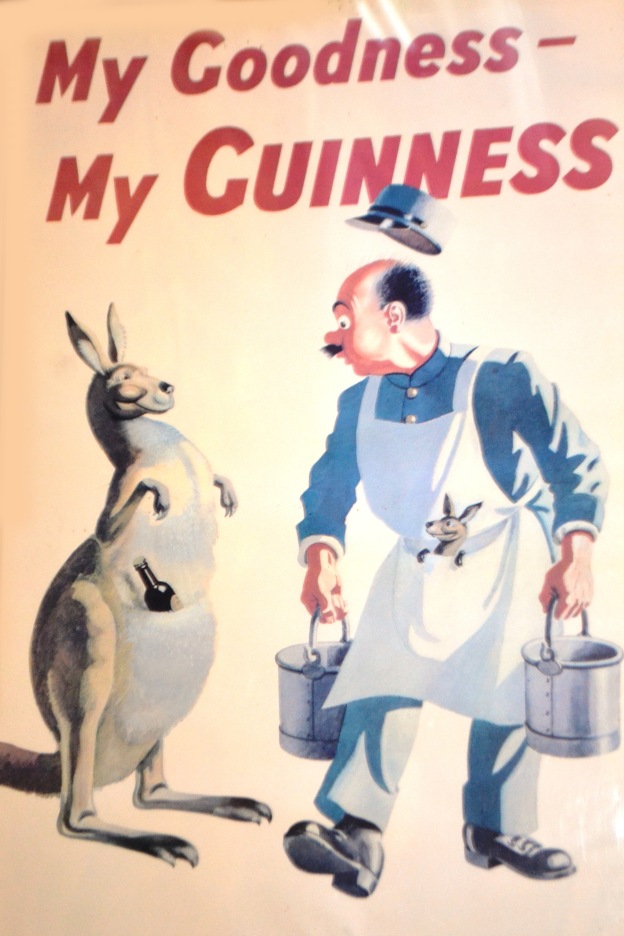
 My journey through the Blogging from A-Z Challenge continues today and as I approach the letter I, I am starting to understand why this thing is called a “challenge” and not a “walk in the park”. With the kids on school holidays and being at Palm Beach and wanting to experience more than just the inside of my laptop despite the blah weather, today I’ve taken the easy way out. I have cut and pasted most of this post from my other blog: Finding Bridget:
My journey through the Blogging from A-Z Challenge continues today and as I approach the letter I, I am starting to understand why this thing is called a “challenge” and not a “walk in the park”. With the kids on school holidays and being at Palm Beach and wanting to experience more than just the inside of my laptop despite the blah weather, today I’ve taken the easy way out. I have cut and pasted most of this post from my other blog: Finding Bridget: 